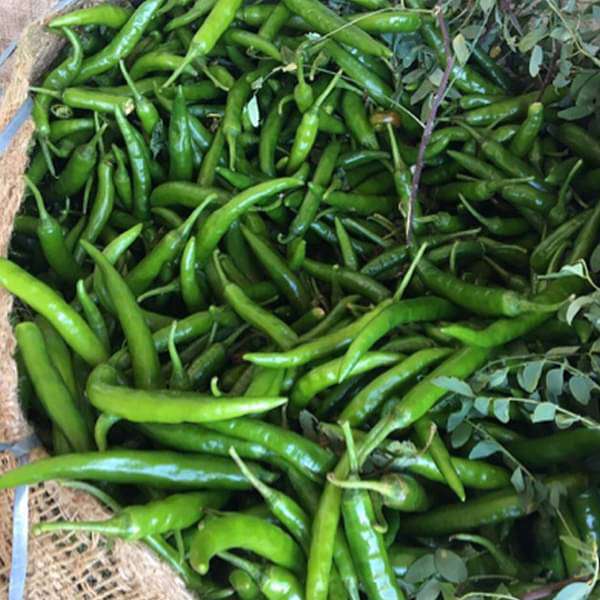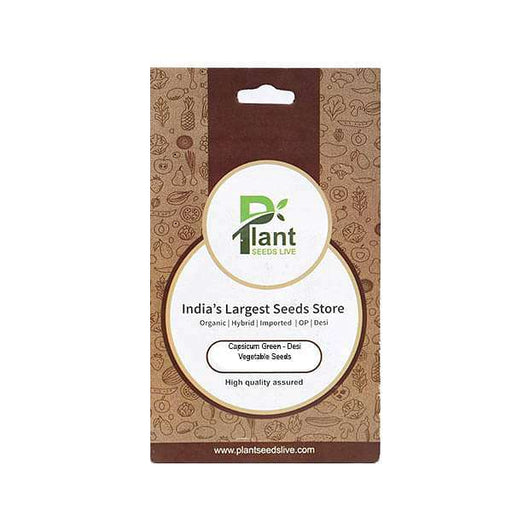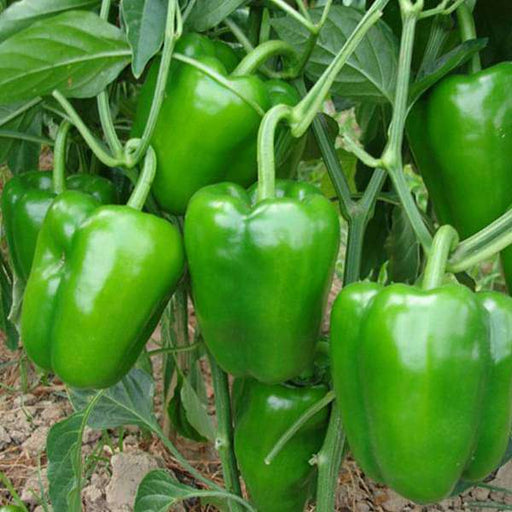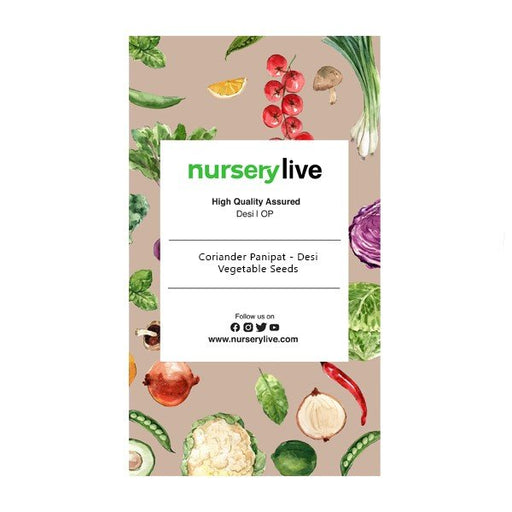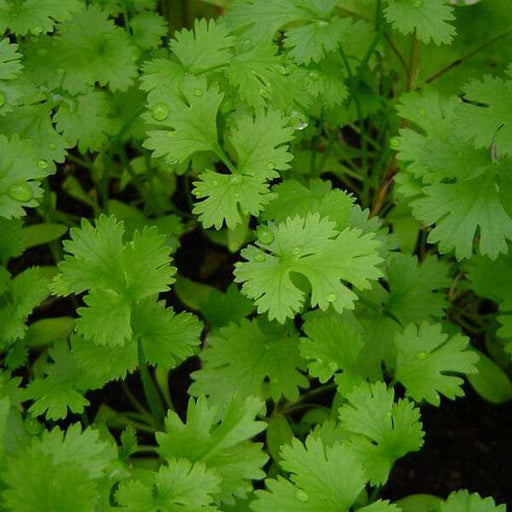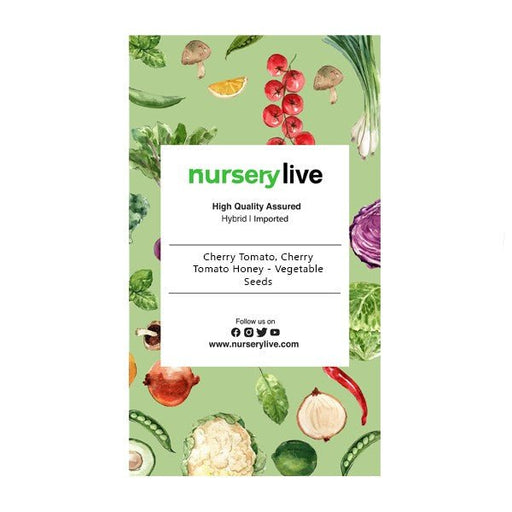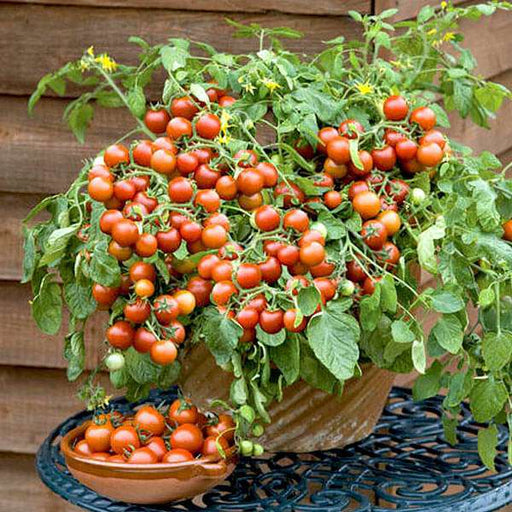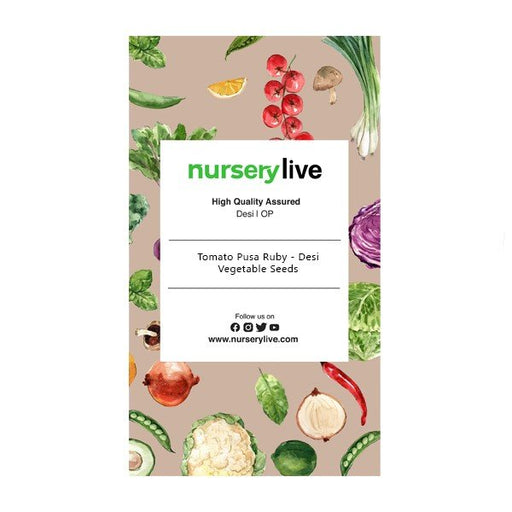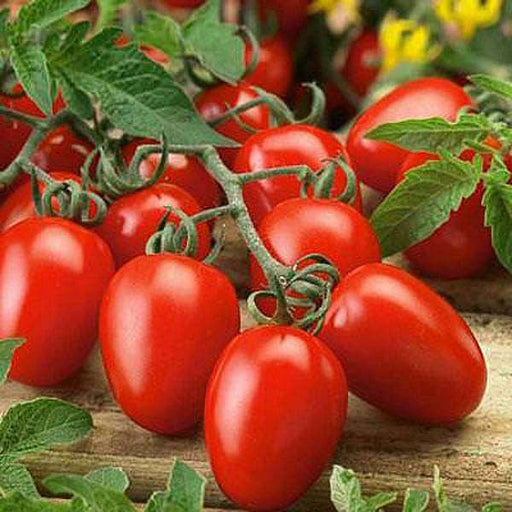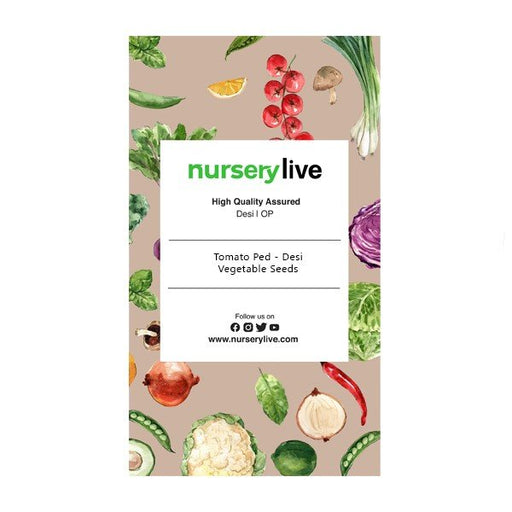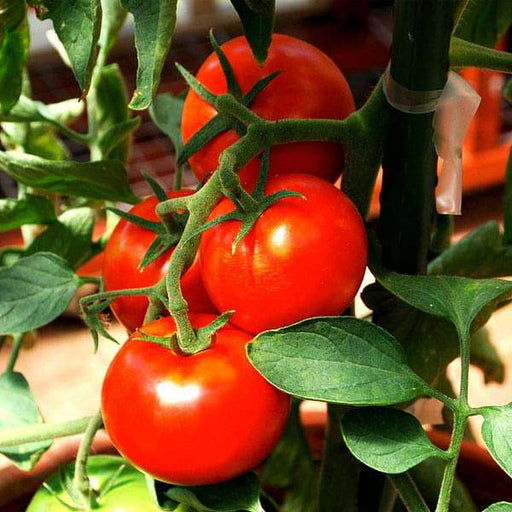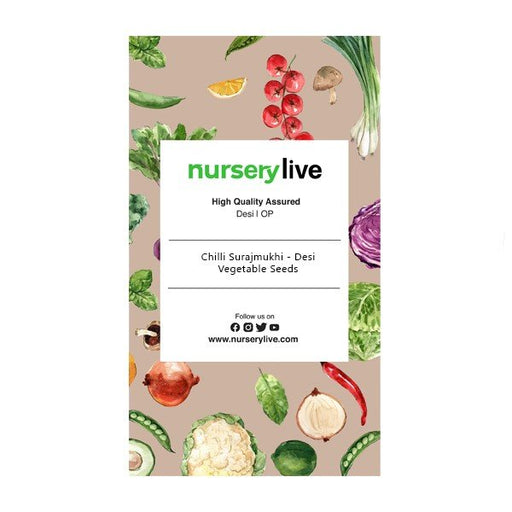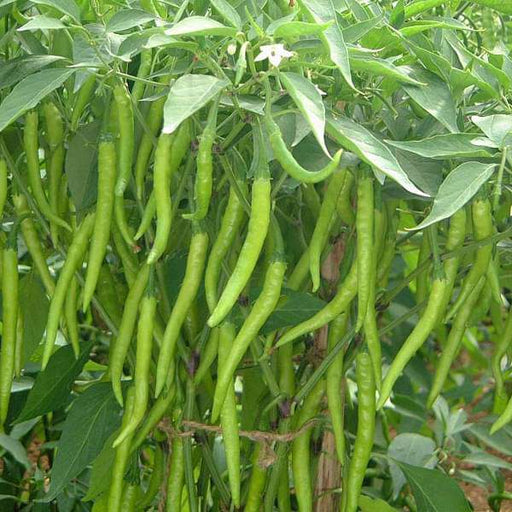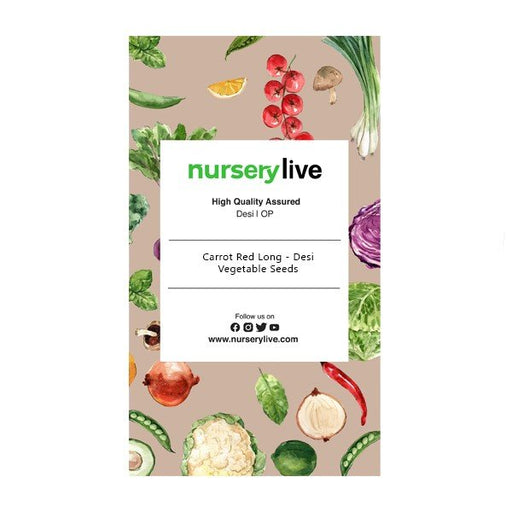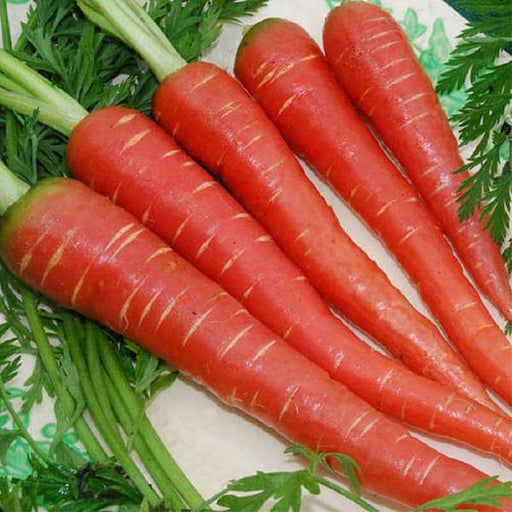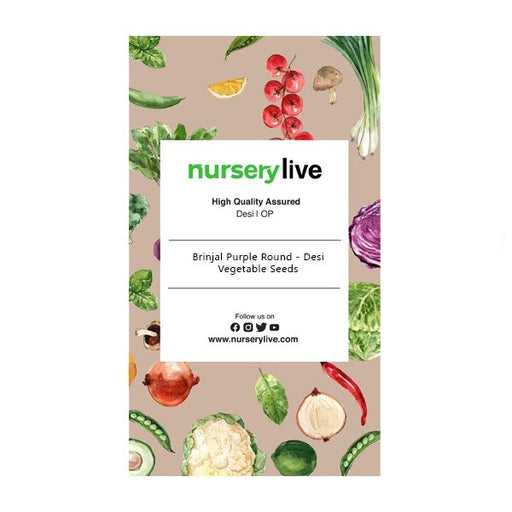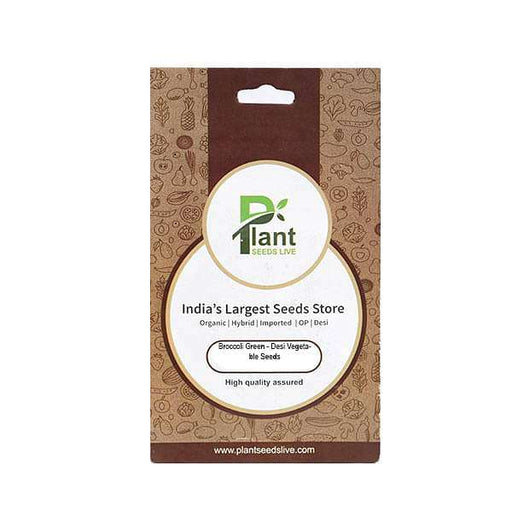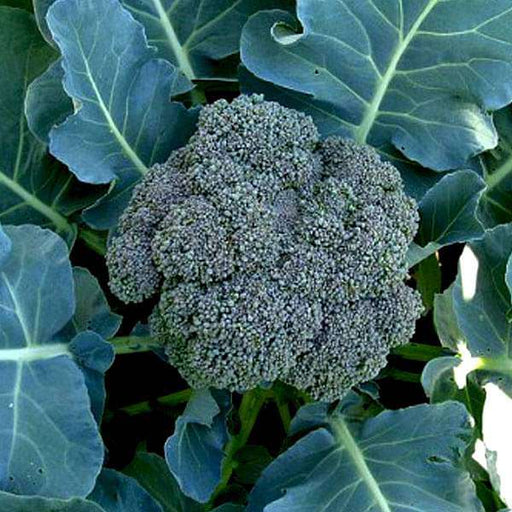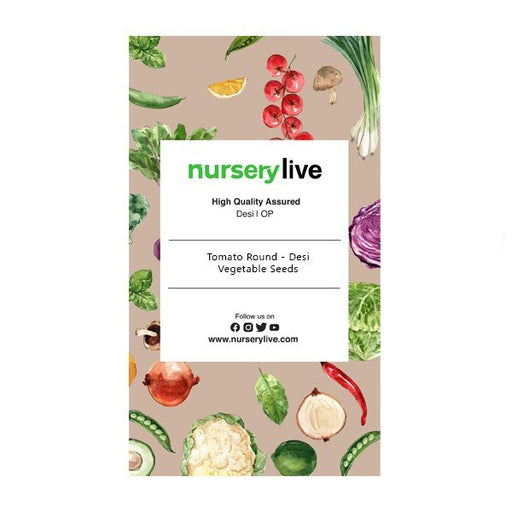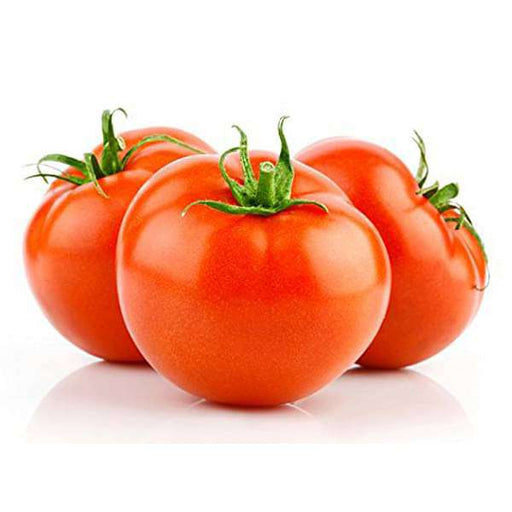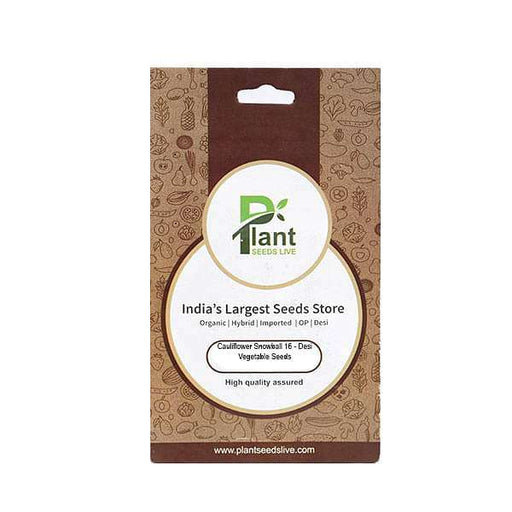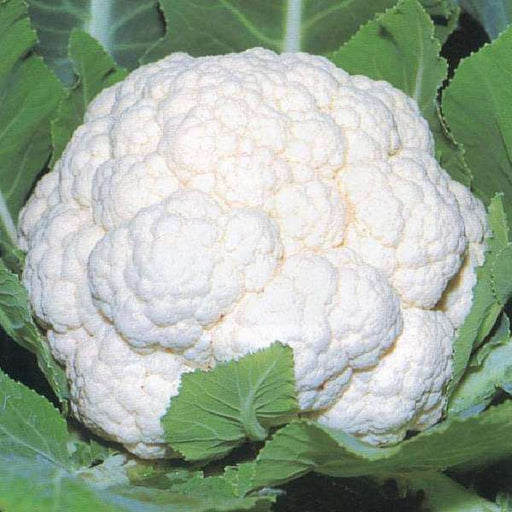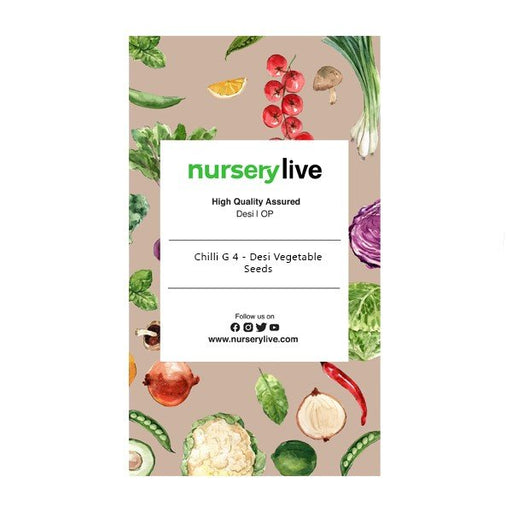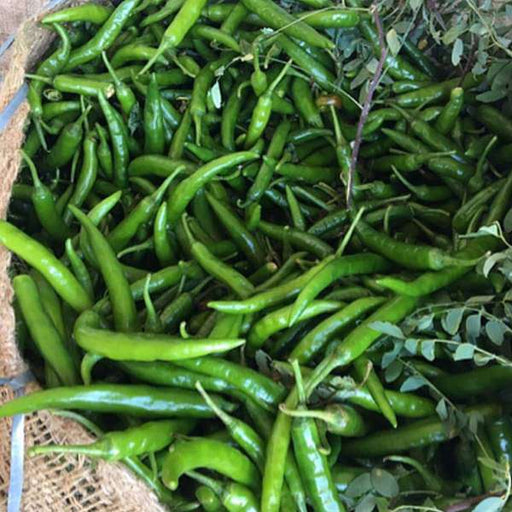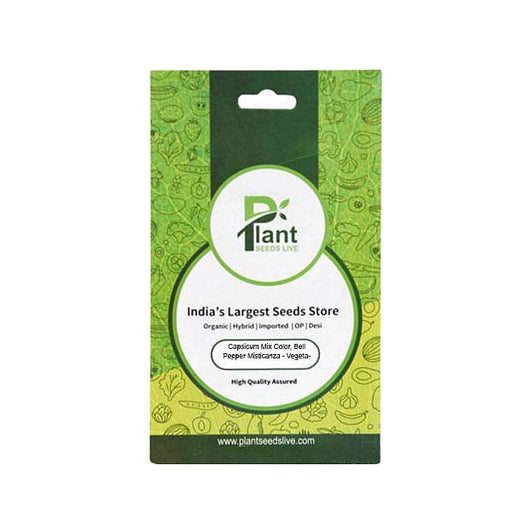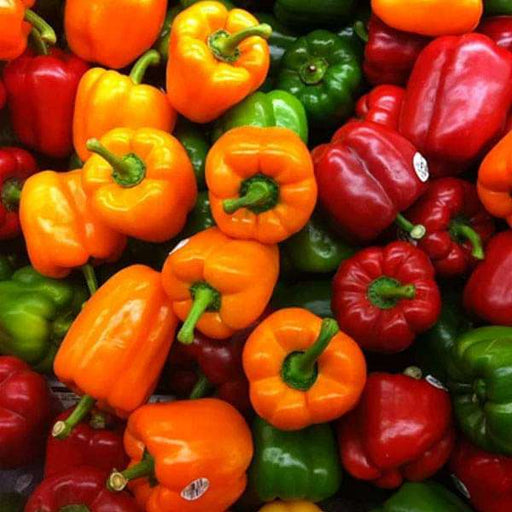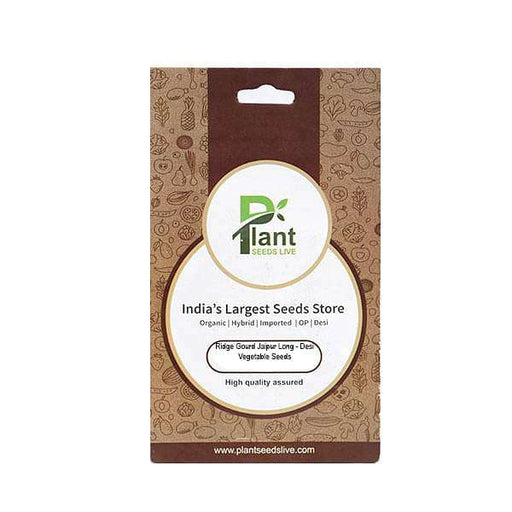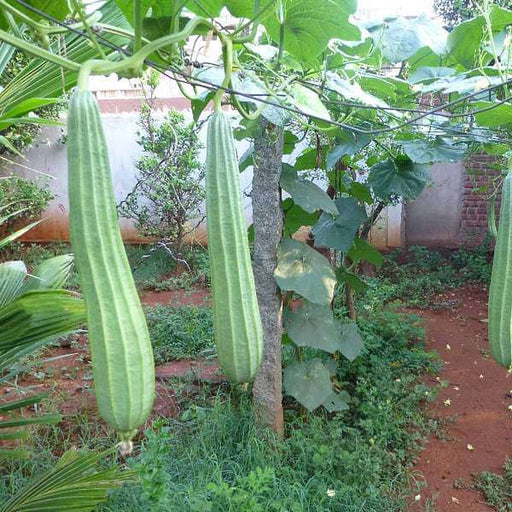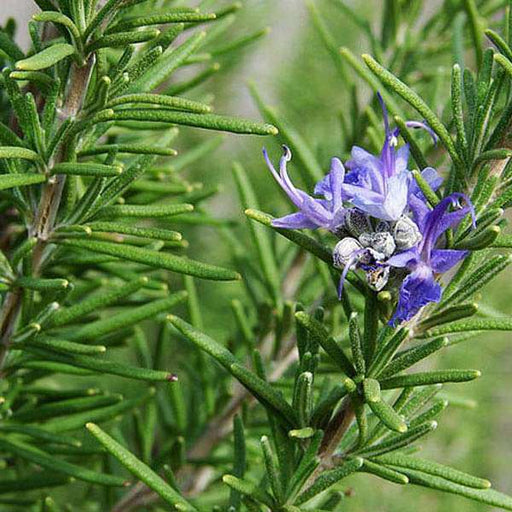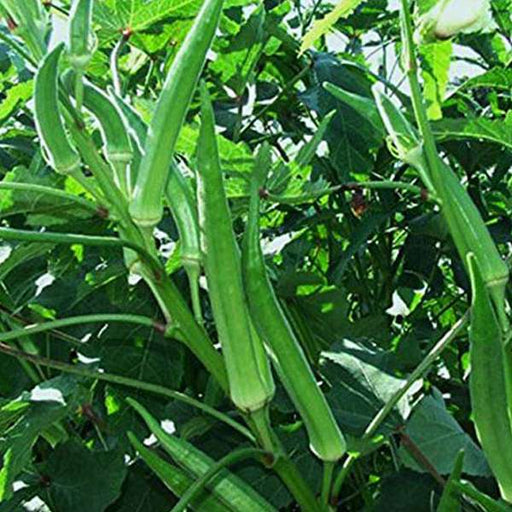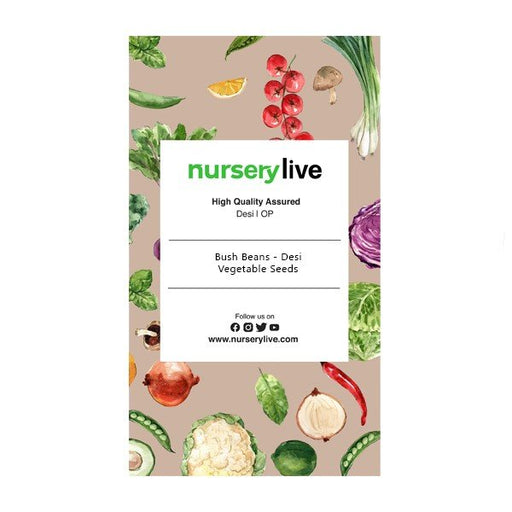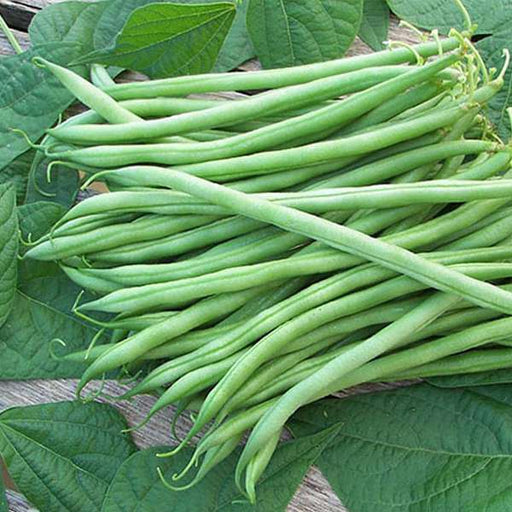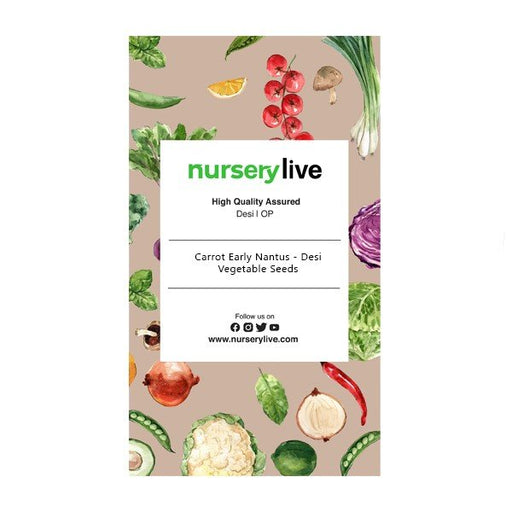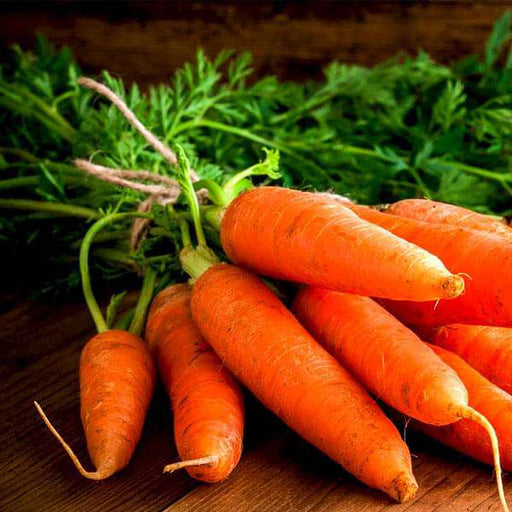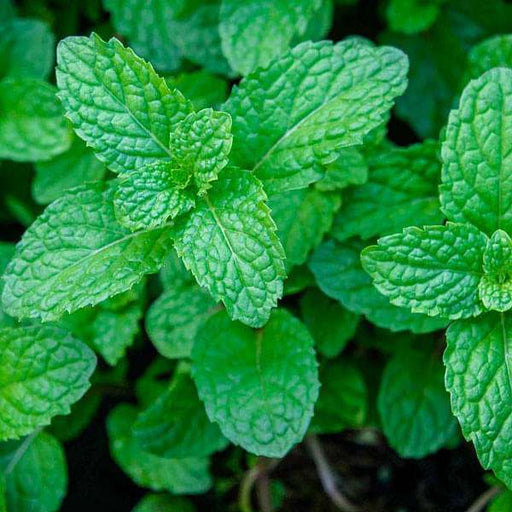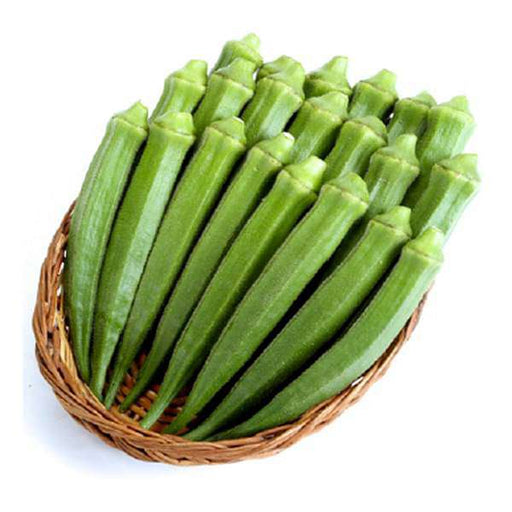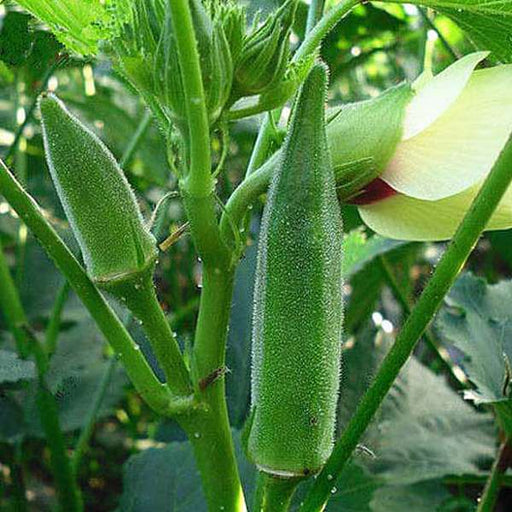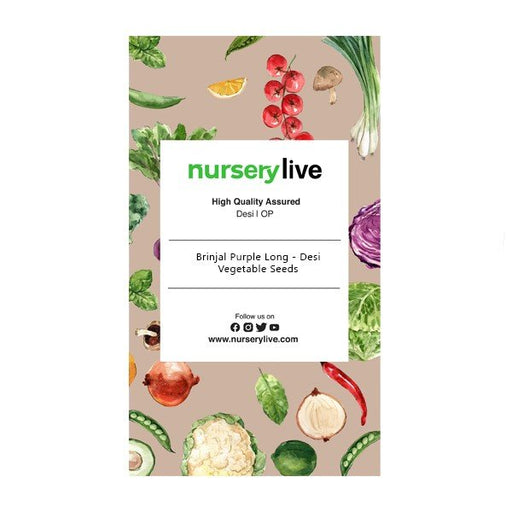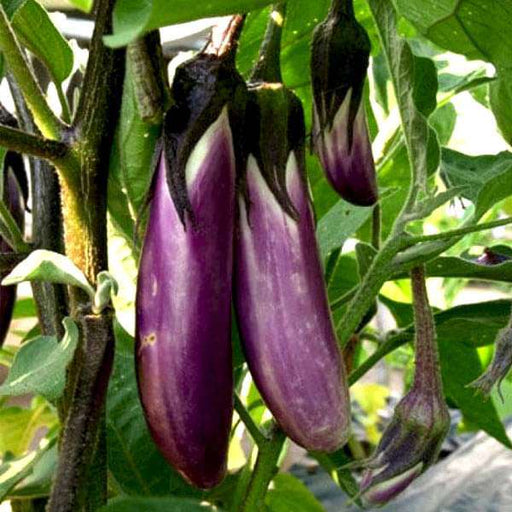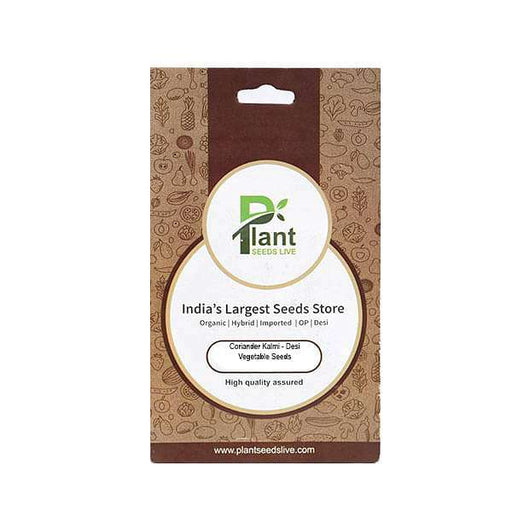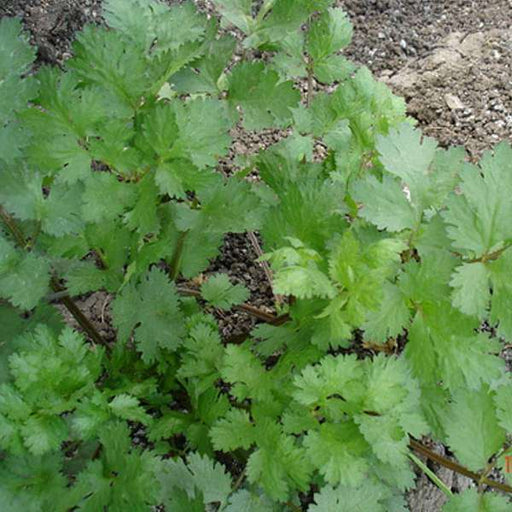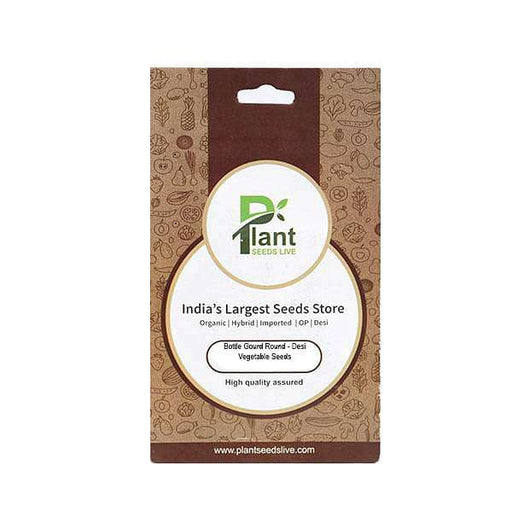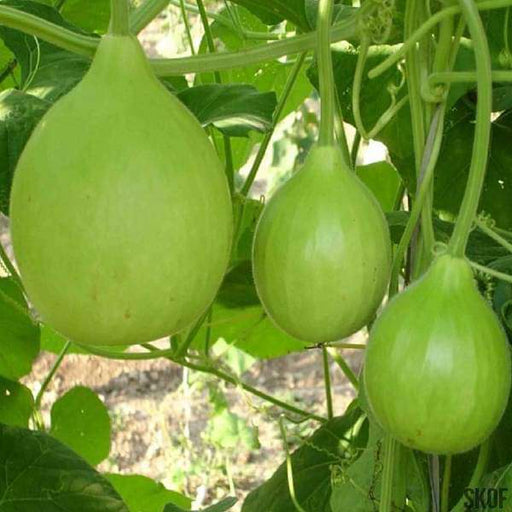Rainy season planting
Planting vegetables and herbs during the rainy season requires a different approach than planting during other seasons. The article will discuss the best practices for planting during the rainy season.
Vegetable seeds for rainy season
This article will highlight the vegetable seeds that can be sown during the rainy season. The article will also discuss the right time to sow these seeds and the precautions that need to be taken.
Herbs that can be grown in the rainy season
Some herbs thrive during the rainy season, and this article will focus on those herbs. It will also discuss the ideal conditions required to grow these herbs.
Importance of proper drainage
Proper drainage is crucial during the rainy season. This article will discuss the significance of good drainage and the measures that can be taken to ensure proper drainage.
Seed selection for rainy season
Choosing the right seeds is essential for successful rainy season planting. This article will provide tips on selecting the appropriate seeds for rainy season planting.
Importance of sunlight
Even during the rainy season, plants require sunlight. This article will discuss the importance of sunlight for plant growth and ways to ensure that plants get enough sunlight during the rainy season.
Preparing the soil for rainy season planting
Preparing the soil for planting during the rainy season is critical. This article will provide tips on preparing the soil for rainy season planting.
Companion planting
Companion planting is a technique where plants are grown together to enhance growth. This article will discuss the benefits of companion planting during the rainy season.
Pest control during the rainy season
The rainy season brings with it an increased risk of pests. This article will provide tips on how to control pests during the rainy season.
Watering plants during the rainy season
Watering plants during the rainy season requires a different approach than watering during other seasons. This article will discuss the best practices for watering plants during the rainy season.
Fertilization during the rainy season
Plants require proper fertilization during the rainy season. This article will discuss the ideal fertilization techniques for plants during the rainy season.
Organic gardening during the rainy season
Organic gardening is becoming increasingly popular, and this article will focus on organic gardening techniques that can be used during the rainy season.
Container gardening during the rainy season
Container gardening is a great way to grow vegetables and herbs during the rainy season. This article will provide tips on container gardening during the rainy season.
Common mistakes during rainy season planting
There are common mistakes that people make when planting during the rainy season. This article will provide tips on avoiding these mistakes.
Harvesting during the rainy season
Harvesting during the rainy season requires care and attention. This article will provide tips on how to harvest vegetables and herbs during the rainy season.
Mulching during the rainy season
Mulching is an important technique for retaining moisture during the rainy season. This article will discuss the benefits of mulching and the ideal mulching techniques for the rainy season.
Soil erosion control during the rainy season
Soil erosion is a significant problem during the rainy season. This article will discuss measures that can be taken to control soil erosion during the rainy season.
Crop rotation during the rainy season
Crop rotation is a technique where different crops are grown in the same area over multiple seasons. This article will discuss the benefits of crop rotation during the rainy season.
Water conservation during the rainy season
Water conservation is important during the rainy season. This article will provide tips on conserving water during the rainy season.
Planting schedules for rainy season
The ideal planting schedules for the rainy season depend on several factors. This article will discussing the different planting schedules for various vegetables and herbs during the rainy season and the ideal time to sow them.

